CO2 or Compressed Air
When it comes to selecting the propellant for your paintball gun, the choice between CO2 bottles and compressed air bottles (HPA) is often one of the first decisions you'll face. While compressed air is typically the preferred option, it's important to understand the differences between CO2 and HPA, as each has its own set of advantages and disadvantages.
CO2 was the original compressed gas used in paintball guns, with "constant air" bottles becoming prevalent in the late 1980s. In contrast, HPA (compressed air) bottles emerged in the mid-1990s.
CO2 bottles have a lower initial cost compared to HPA bottles and can hold more shots in a smaller container. Additionally, filling CO2 bottles is relatively inexpensive. However, CO2 has several drawbacks. It varies in pressure with temperature fluctuations, requiring frequent velocity checks to maintain safe shooting speeds. Rapid firing can also cause velocity inconsistencies, leading to accuracy issues. Moreover, CO2 can cause increased wear and tear on paintball guns by freezing O-rings and seals.
Despite these drawbacks, CO2 remains a viable option for those with access to filling stations due to its lower initial cost and smaller bottle size. A 20oz CO2 bottle, for example, costs around $40 and can shoot approximately 800 shots per fill.
On the other hand, HPA bottles and fill stations are more expensive. However, HPA offers consistent pressure, making it ideal for electronic guns that require stable operating conditions. HPA provides greater accuracy, reliability, and reduces wear on paintball guns. Basic HPA bottles cost more than CO2 bottles and typically hold fewer shots per fill (e.g., a 48ci 3,000 psi bottle firing 500 shots per fill).
HPA comes in two varieties: 3,000 psi aluminum bottles and 4,500 psi carbon fiber bottles. While 3,000 psi bottles are more common and affordable, 4,500 psi bottles offer higher shot capacity and lighter weight, albeit at a higher cost.
Ultimately, the choice between CO2 and HPA depends on various factors, including accessibility to filling stations, budget, and equipment compatibility. Paintball parks and stores can typically fill both CO2 and HPA bottles, making it convenient for players to choose their preferred propellant.
Whether you opt for CO2 or compressed air, it's essential to understand your equipment's requirements and ensure proper maintenance for optimal performance on the field.


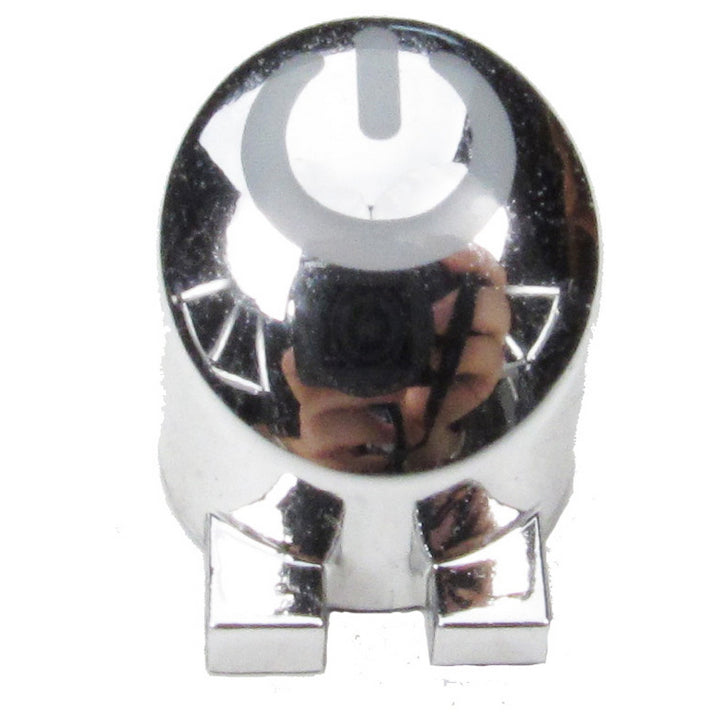
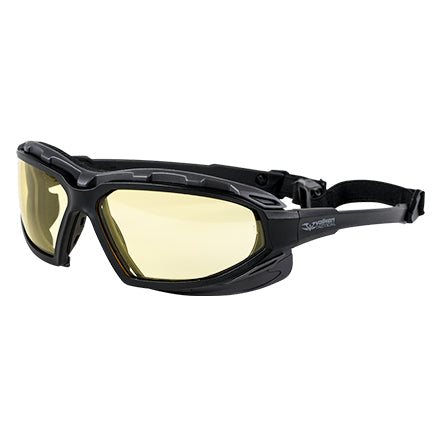
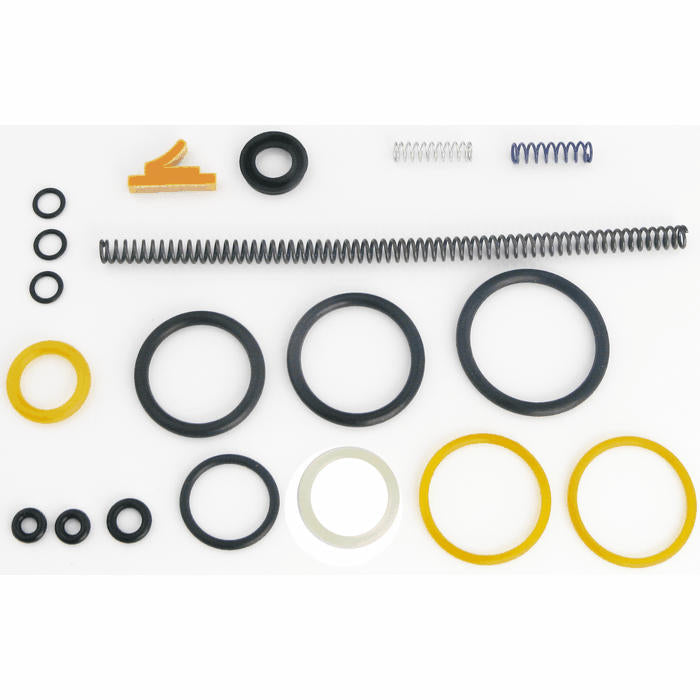
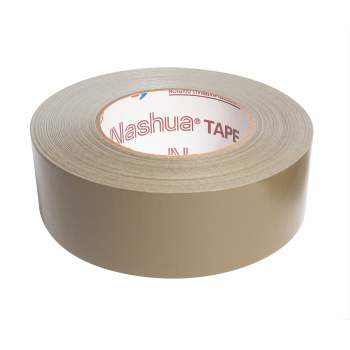
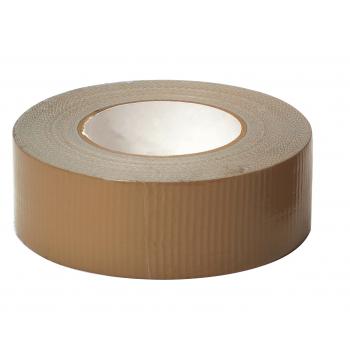
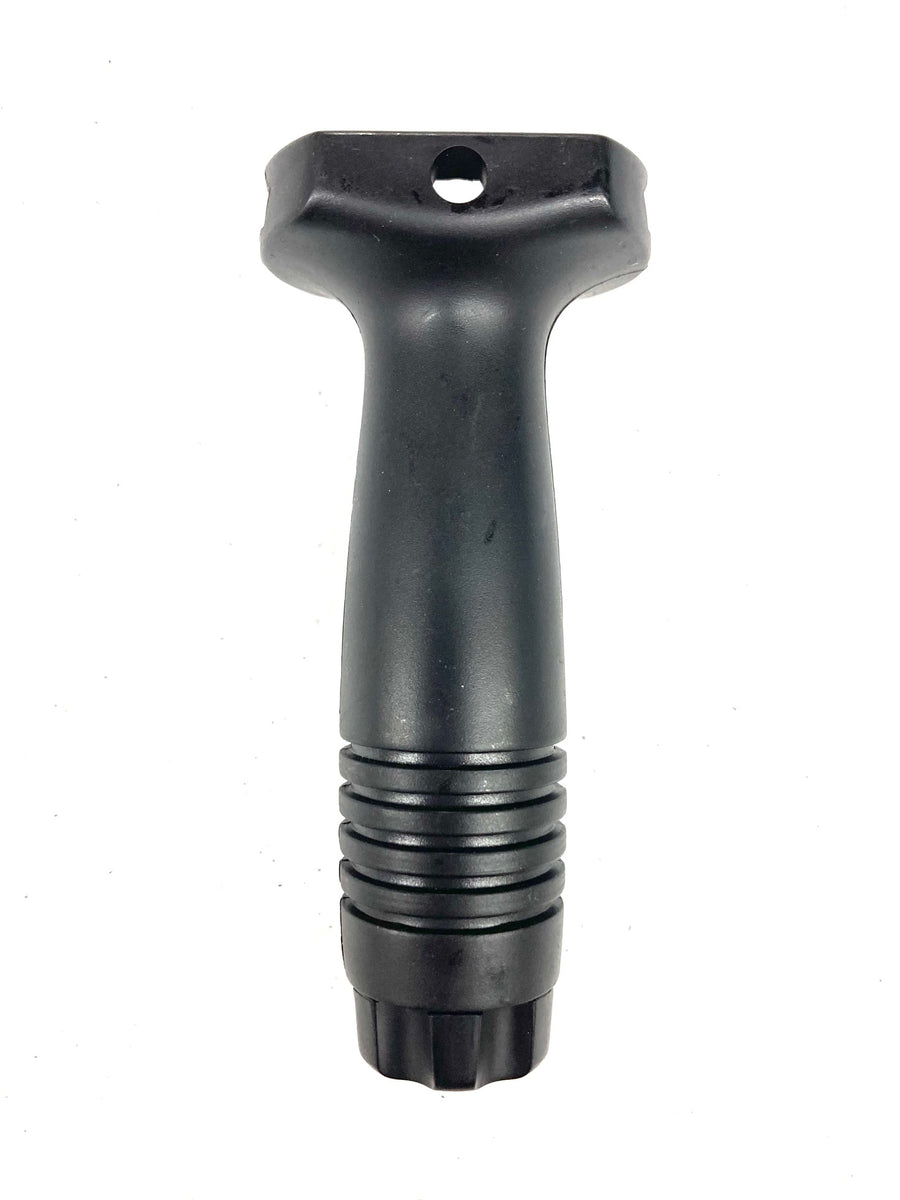
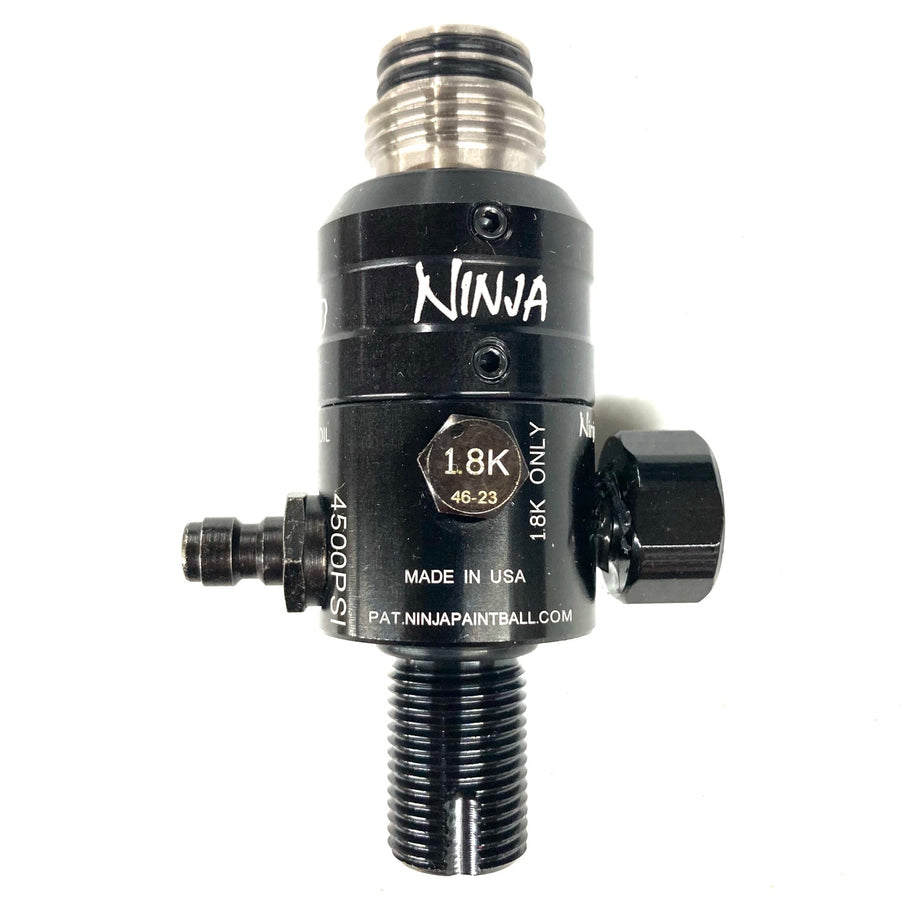
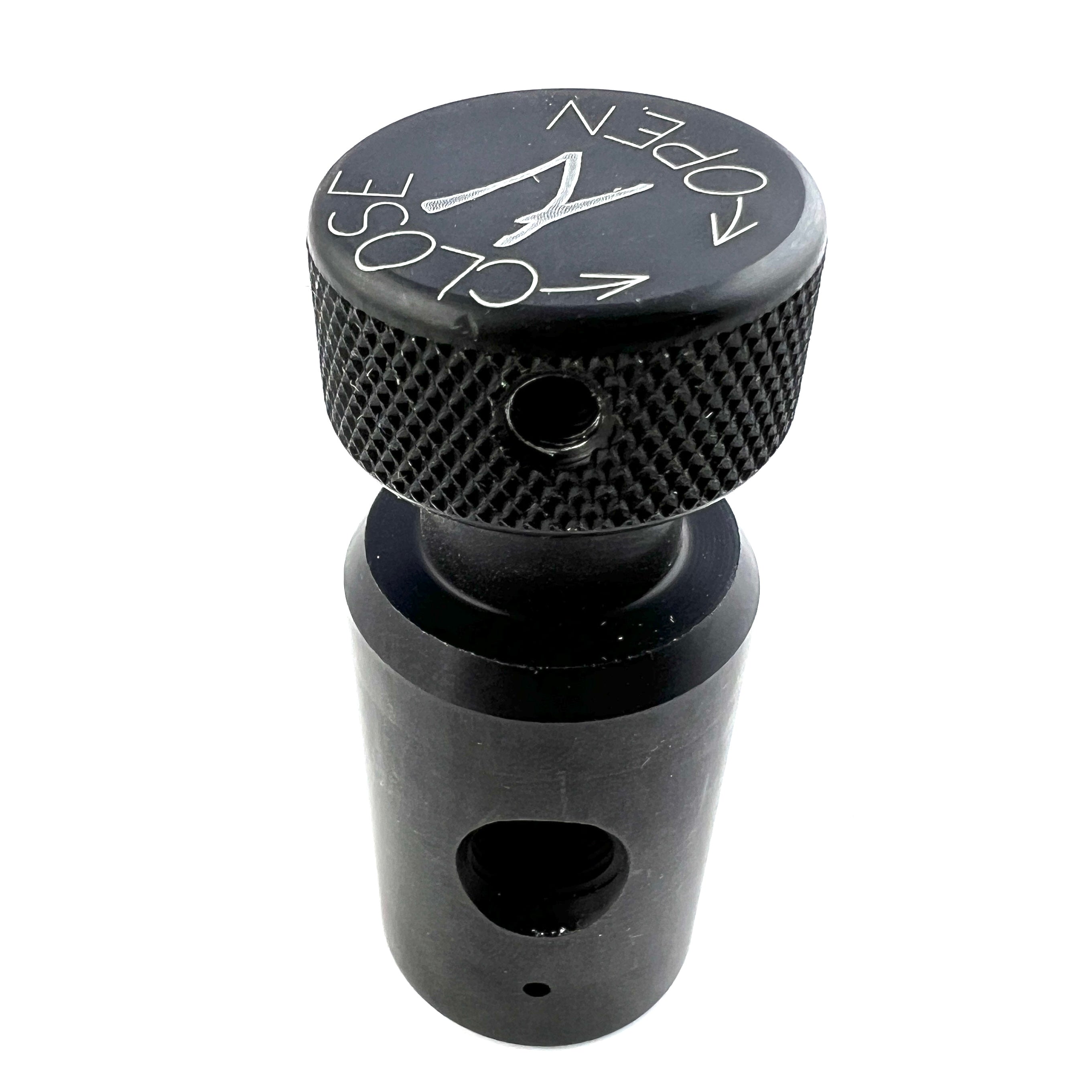


Leave a comment